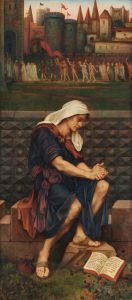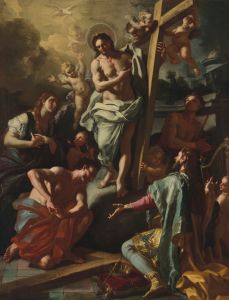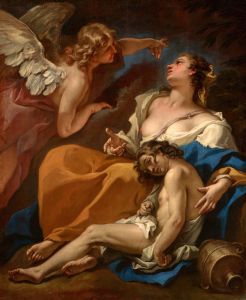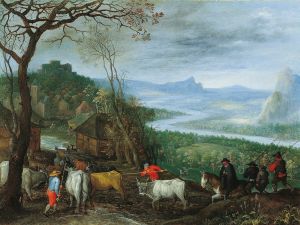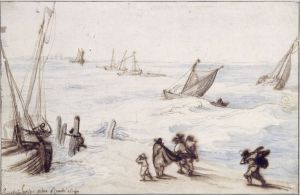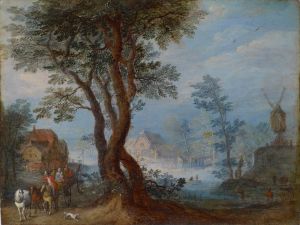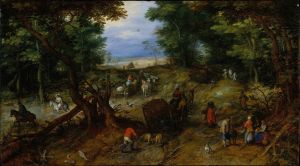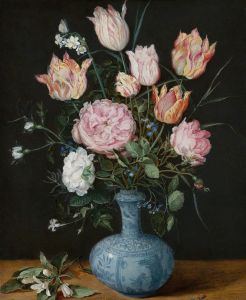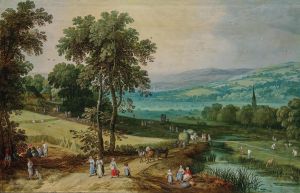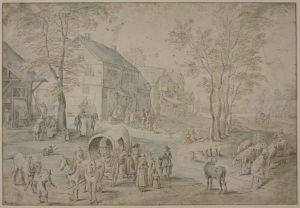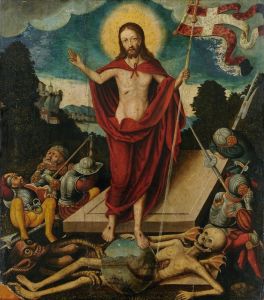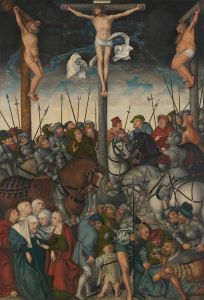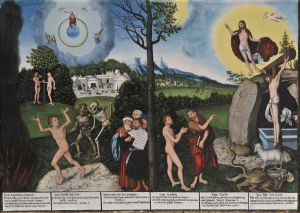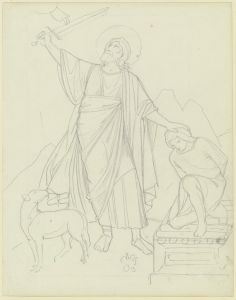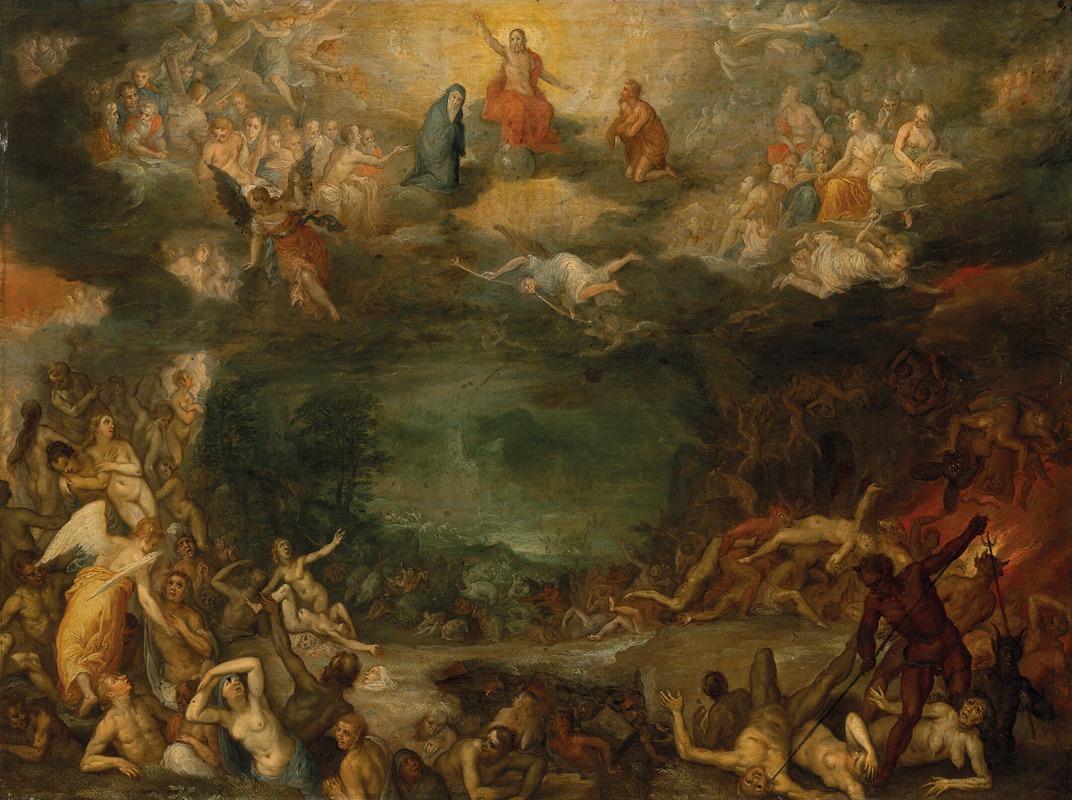
The Last Judgement
A hand-painted replica of Jan Brueghel The Elder’s masterpiece The Last Judgement, meticulously crafted by professional artists to capture the true essence of the original. Each piece is created with museum-quality canvas and rare mineral pigments, carefully painted by experienced artists with delicate brushstrokes and rich, layered colors to perfectly recreate the texture of the original artwork. Unlike machine-printed reproductions, this hand-painted version brings the painting to life, infused with the artist’s emotions and skill in every stroke. Whether for personal collection or home decoration, it instantly elevates the artistic atmosphere of any space.
"The Last Judgement" is a painting by Jan Brueghel the Elder, a prominent Flemish artist known for his detailed landscapes and vivid depictions of biblical scenes. Born in 1568 in Brussels, Brueghel was the son of Pieter Bruegel the Elder, another renowned painter. Jan Brueghel the Elder earned the nickname "Velvet Brueghel" due to his meticulous brushwork and the fine detail in his paintings.
"The Last Judgement" is one of Brueghel's significant works, reflecting his mastery in combining intricate detail with grand, dramatic themes. The painting illustrates the biblical scene of the Last Judgement, a common subject in Christian art that depicts the final judgement of souls by Christ at the end of the world. This theme has been a popular subject for many artists throughout history, but Brueghel's interpretation stands out for its complexity and the richness of its detail.
In "The Last Judgement," Brueghel presents a vivid and chaotic scene filled with numerous figures, both human and angelic. The composition is typically divided into two main sections: the blessed ascending to heaven and the damned being cast into hell. The upper part of the painting often features Christ enthroned, surrounded by angels and saints, while the lower part depicts the torments of the damned, with demons and monstrous creatures dragging sinners into the fiery abyss.
Brueghel's attention to detail is evident in the intricate rendering of the figures and the dynamic movement throughout the composition. Each character is carefully crafted, contributing to the overall narrative of salvation and damnation. The use of color and light in the painting enhances the dramatic effect, with bright, heavenly light contrasting sharply with the dark, infernal regions.
Jan Brueghel the Elder's "The Last Judgement" not only showcases his technical skill but also reflects the religious and cultural context of the time. The painting was created during the late 16th and early 17th centuries, a period marked by significant religious turmoil and the Counter-Reformation. Art served as a powerful tool for conveying religious messages and reinforcing faith, and Brueghel's work is a testament to this tradition.
Brueghel's ability to blend detailed naturalism with imaginative elements made his work highly sought after. He collaborated with other prominent artists of his time, including Peter Paul Rubens, and his paintings were collected by notable patrons across Europe. "The Last Judgement" exemplifies his unique style and his contribution to the rich tradition of Flemish painting.
Today, Jan Brueghel the Elder's works, including "The Last Judgement," are held in high esteem and can be found in major art museums and collections around the world. His legacy continues to influence and inspire artists and art enthusiasts alike, ensuring that his vision of the Last Judgement remains a significant part of art history.





